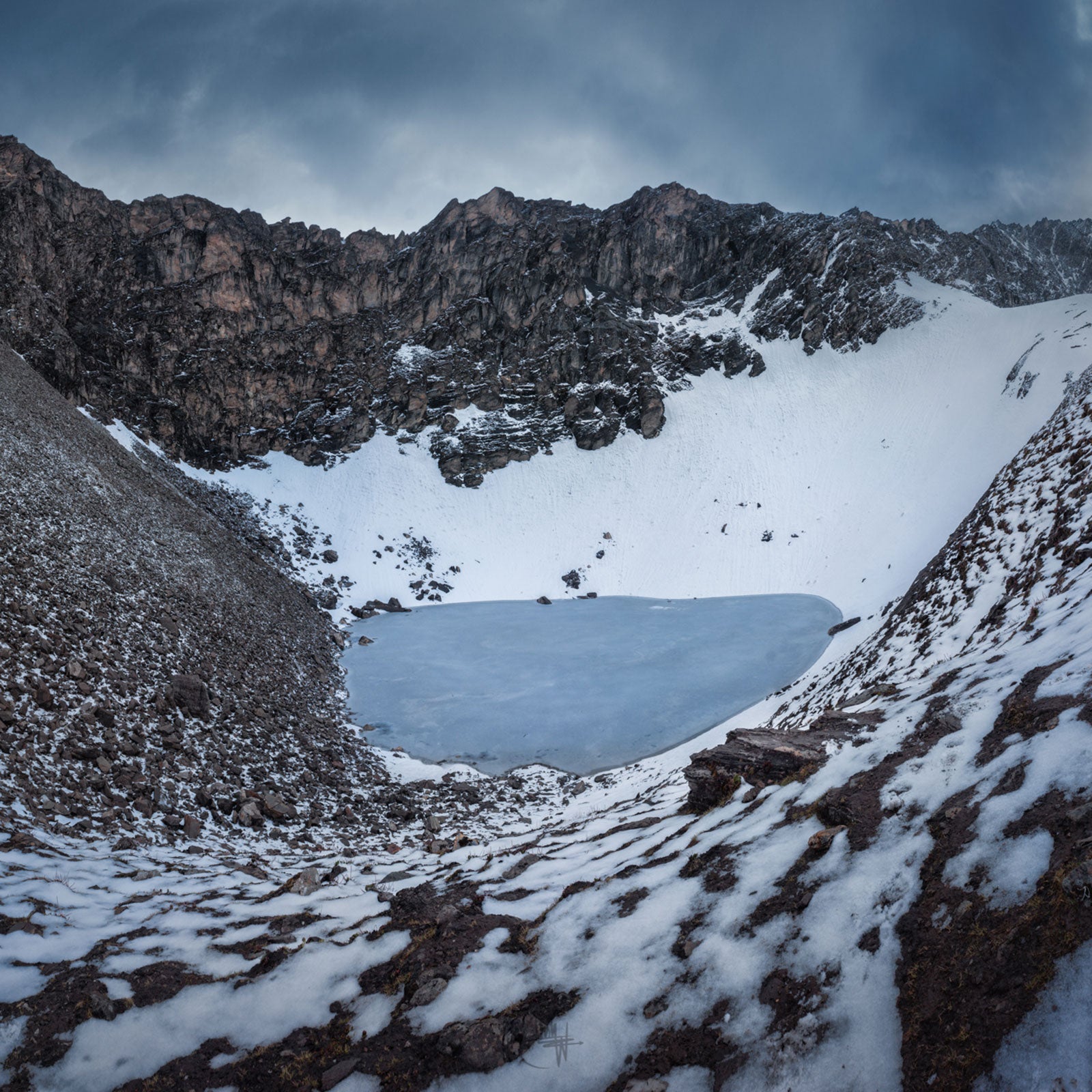In a thousand-year-old Himalayan folk tale, a king and queen, followed by their attendants, trek into the mountains of northern India to the shrine of Nanda Devi, the mountain goddess. But on the way, the goddess strikes the pilgrims down for their celebratory and inappropriate behavior, and they fall into small, glacial Roopkund Lake.
In 1942, a British forest ranger assigned to patrol the Indian Himalayas during the Second World War came across the lake and found the skeletal remains of hundreds of people. News spread, and Roopkund Lake, in the present-day Indian state Uttarakhand, was rechristened Skeleton Lake.
Thus began a now 77-year-old mystery about who these humans were, what brought them to the isolated, often frozen lake, and how they died.
The Nanda Devi tale could help explain the bodies. The pilgrimage they attempted, the Nanda Devi Raj Jat, is a three-week journey still undertaken today to worship the goddess. Some hypothesize that the bodies could be evidence of a fatal 19th-century military expedition, but when many women’s bodies were found in the lake, this idea fell out of favor. Based on evidence of compression fractures on a few of the humans’ skulls, the most common belief is that a hailstorm sometime between 830 and 850 A.D. published Tuesday in Nature Communications, however, contradicts this theory.
In the study, researchers radiocarbon-dated and genetically analyzed the skeletal remains of 38 bodies found in the lake to find out how old the bones are and the individuals’ ancestry. They also analyzed the stable isotopes in the samples to learn more about what they ate. What the researchers found surprised them.
“The assumption was that all the skeletons dated to around the eighth century, but it became clear that this is not what happened,” says Éadaoin Harney, the lead author of the paper and a doctoral candidate at Harvard University’s department of organismic and evolutionary biology. The bodies in the lake, instead of dying in a single catastrophic event, range from a few hundred to a thousand years old.
The authors also assumed that the individuals were all from the Indian subcontinent, as this is what . But once they had the ancient DNA samples, “it was clear this was definitely not the case,” says Harney.
Genetically, the remains fall into three distinct groups, ranging from 1,000-year-old populations from South Asia to 200-year-old populations from Greece and Crete, along with one individual from East Asia. Twenty-three of the bodies analyzed were from South Asia, whereas 14 were of Mediterranean origins. Even those individuals from South Asia “have ancestry that’s really diverse,” says Harney. “It’s not a single population coming from somewhere within India. Instead it’s people from all over the subcontinent.”
The results of the isotope analysis also show diverse diets within and among each subgroup, adding to the mystery.
As for how they died there and why, Harney says: “The only hint that we have is that Roopkund Lake is located along the pilgrimage route that may have been used for the last 1,000 years.” And yet, for Harney, it is difficult to imagine this as the sole reason for such a genetically and culturally diverse set of people to die in the same remote lake.
“We’re still pretty puzzled,” she says, and more research is needed to determine the exact nature of these deaths. A massive hailstorm still can’t be ruled out, but the scientists wonder if the hailstorm was the fatal blow or if it occured after the people died.
And compared to other archeological sites, Roopkund is challenging to study. “It’s been subject to so much disturbance, both from the natural environment, like rockslides,” says Harney, and from hikers on the nearby trail going down to retrieve bones or look at the site.
The study does highlight the ways in which humans have traveled to far-off places for hundreds, if not thousands, of years. “We knew that there were long-distance connections,” says Harney, but the new knowledge demonstrates “how important migration and connections between different parts of the world have been throughout history.”


